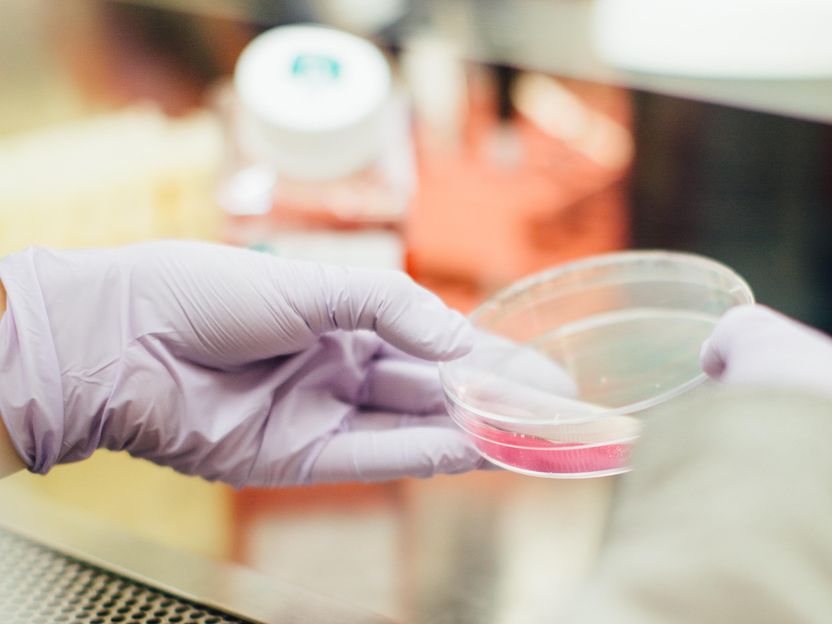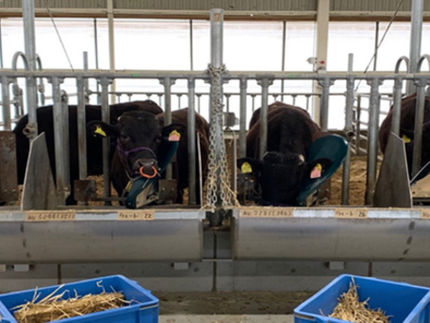Effect of ultrasound-assisted fermentation on physicochemical properties and volatile flavor compounds of Chinese rice wine
Traditional Chinese rice wine (RW) has been popular in China for thousands of years. The Brewing process involves simultaneous saccharification and solid-state fermentation using mixed saccharifying starters, such as wheat starter and distiller’s yeast. However, the Brewing medium contains a diverse array of microorganisms, and the quality of starters varies across regions. This leads to an unpredictable fermentation process and inconsistent RW product quality. In addition, traditionally fermented RW has several limitations including thin taste, long brewing time, slow product conversion and limited application of high-technology. Although some progress has been made in addressing the limitations of traditional brewing, the need for further research and innovation remains.

Symbolic image
Computer-generated image
Ultrasound, as a new non-thermal physical processing technique, has extensively been utilized to overcome the drawbacks of conventional fermentation. Some studies have showed that the application of ultrasonic technology in brewing can enhance the fermentation efficiency and quality. To date, research on ultrasound-assisted fermentation has mainly focused on the pure culture fermentation process in the laboratory.
To that end, a new study published in the KeAi journal Food Physics, established an enzymatic brewing process for RW by simulating actual production. By adding α-amylase to liquefy the starch, it is hydrolyzed from long-chain starch to short-chain dextrin and oligosaccharides to assist saccharifying enzyme in converting starch into fermentable sugar.
The researchers, based in China, analyzed the impact of ultrasound on the physicochemical properties and volatile compounds during the fermentation process. They found that concentrations of isobutyl acetate, ethyl butyrate, ethyl hexanoate and phenethyl acetate exhibited significant increases of 58.03%, 107.70%, 31.84%, and 18.71%, respectively.
The findings suggest that the utilization of ultrasound in the brewing process could be feasible for simplifying the procedure, reducing brewing time and enhancing the volatile flavor profile of RW.
Original publication
Most read news
Original publication
Jing Hao, Haining Xu, Pengfei Yan, Mengyuan Yang, Benjamin Kumah Mintah, Xianli Gao, Rong Zhang; "Effect of ultrasound-assisted fermentation on physicochemical properties and volatile flavor compounds of Chinese rice wine"; Food Physics, Volume 1
Organizations
Other news from the department science

Get the food & beverage industry in your inbox
By submitting this form you agree that LUMITOS AG will send you the newsletter(s) selected above by email. Your data will not be passed on to third parties. Your data will be stored and processed in accordance with our data protection regulations. LUMITOS may contact you by email for the purpose of advertising or market and opinion surveys. You can revoke your consent at any time without giving reasons to LUMITOS AG, Ernst-Augustin-Str. 2, 12489 Berlin, Germany or by e-mail at revoke@lumitos.com with effect for the future. In addition, each email contains a link to unsubscribe from the corresponding newsletter.
Most read news
More news from our other portals
Last viewed contents

Meati Foods Secures $150M in Series C Funding to Expand Operations and Accelerate Production of Whole-Food, Mushroom-Root Meats - Support from investors including Revolution Growth and Chipotle's Cultivate Next fund will support rapid retail expansion, development of product and Giga Ranch production facility

Coca-Cola Helps Fuel Atlanta Startup Ecosystem with Investment in Engage Collaborative Innovation and Corporate Venture Platform

MIRAI FOODS and Shiok Meats enter strategic partnership agreement to develop cultivated beef production in Singapore and accelerate regulatory approval




























































